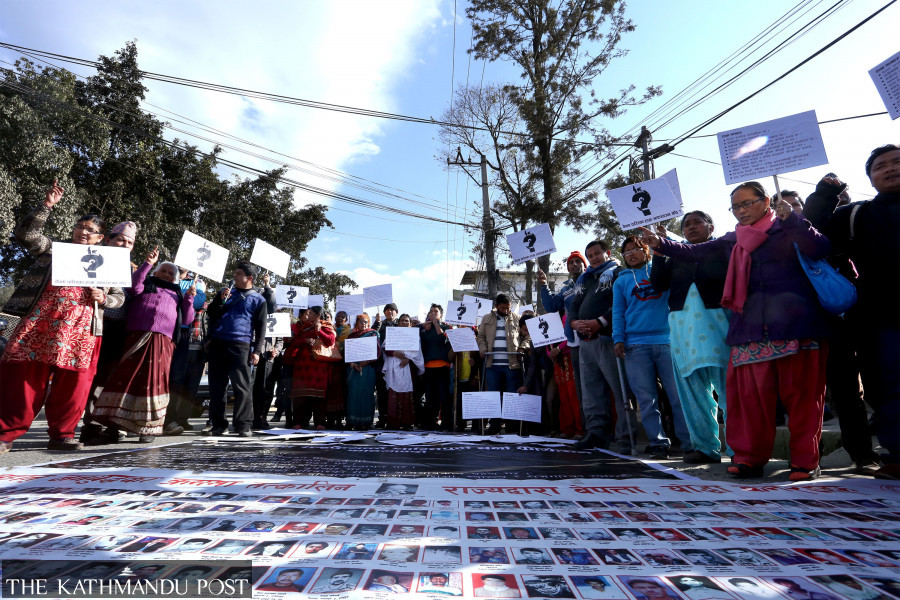Editorial
The long arm of the law
The victims have found a new ray of hope with the courts stepping in to solve insurgency-era crimes.
Fifteen years after Nepal began the peace process following a 10-year Maoist insurgency, the results of a problematic transitional justice process are beginning to show. Those attempting to pass off all insurgency-era incidents of gross human rights violations as only a political issue are in for a big jolt as the courts have started doing their job in the absence of a functioning transitional justice mechanism. The victims or their families, though, have found a new ray of hope as their long fight for justice might find a way with the courts stepping in to solve insurgency-era crimes.
On Sunday, the Dailekh District Court gave a judgement on the abduction and murder of Dailekh journalist Dekendra Thapa. The court found that Bam Bahadur Khadka alias Arun, Bam Bahadur Khadka alias Mukti, and Keshav Khadka were directly involved in the murder of the journalist, and handed them life sentences. The court also sentenced Bhakti Ram Lamichhane to three years in prison for being an accomplice to the murder. While "Arun" is in custody at the moment, the three others are still at large. Five others have already served one to two years for being accomplices to the murder. While the order pertains to a singular case, it has much wider implications for what the failure of the transitional justice process entails, and why the idea of the long arm of the law continues to make sense.
In an ideal state, there should have been no need for the court to step in to solve cases that are partly, if not entirely, political in nature. There is no doubt that insurgency-era crimes need to be dealt through a mechanism that takes into consideration the specific context of the insurgency while dealing with complaints of gross violation of human rights. But the political leadership has hardly ever become serious about taking the transitional justice process to a logical conclusion. Instead, those who had significant stakes in the insurgency, either by being on the insurgents' side or the state's side, made one attempt after another to belittle the trauma the victims or their families have faced not only during the actual incident of the crime, but also during the long struggle for justice.
What the recent judgement in the Dekendra Thapa murder case has helped achieve for the victims of the insurgency is no match for what they have suffered for 15 long years, knocking one door after another and hitting one street after another for justice. As the Post recently reported last month, conflict victims are losing patience—and lives—in their long wait for justice even as the transitional justice mechanisms have done hardly anything except record complaints in over six years of their existence.
What's more, they are now passing the buck to each other, claiming that certain cases do not fall in their jurisdiction. What this has led to is a near-complete crevasse between the ideals and praxis of justice. In this scenario, the court's intervention is not only a positive step, but the best among the options we have at the moment. However, an ideal situation would definitely be a smooth functioning of the two transitional justice mechanisms—Truth and Reconciliation Commission and Commission of Investigation on Enforced Disappeared Persons—to function as per their mandates and solve the insurgency-era cases keeping the idea of post-conflict reconciliation and rehabilitation.




 10.12°C Kathmandu
10.12°C Kathmandu














